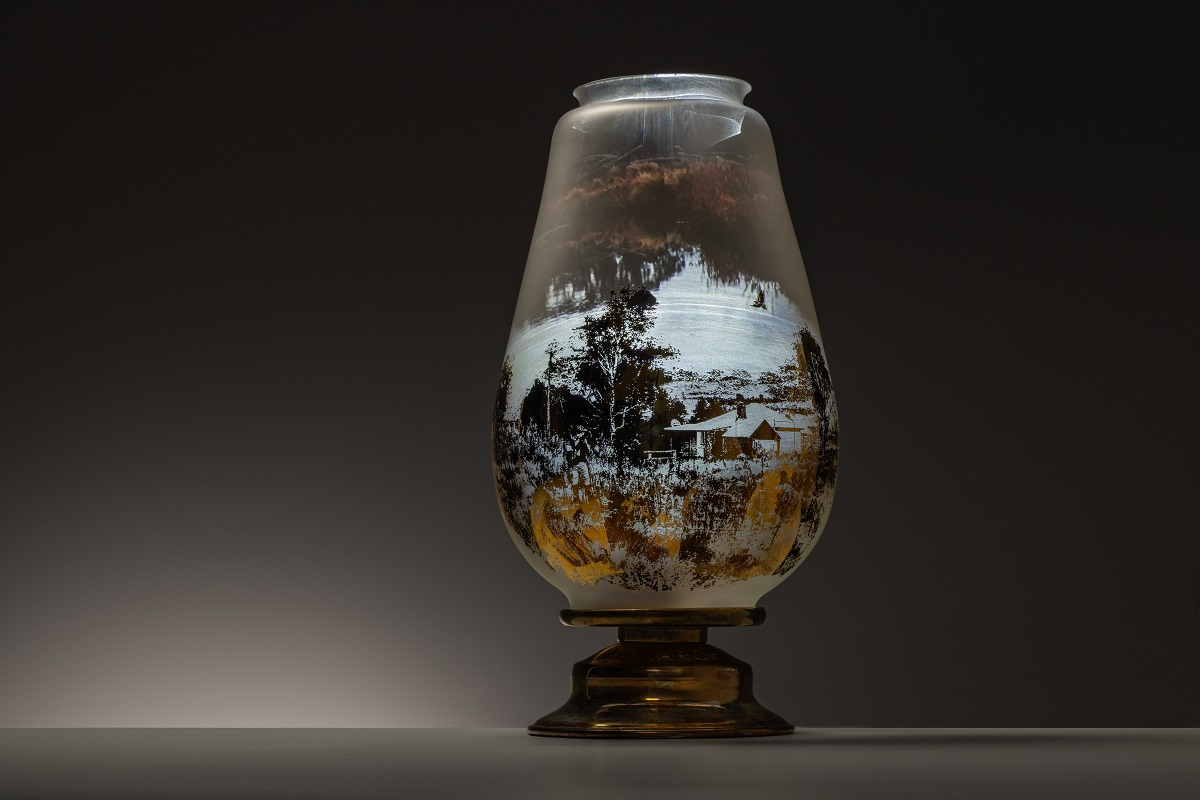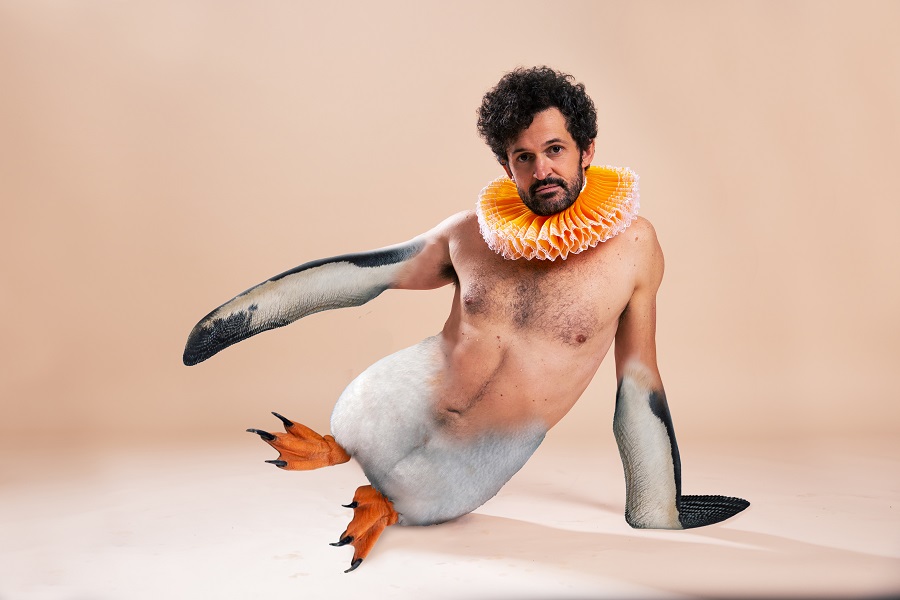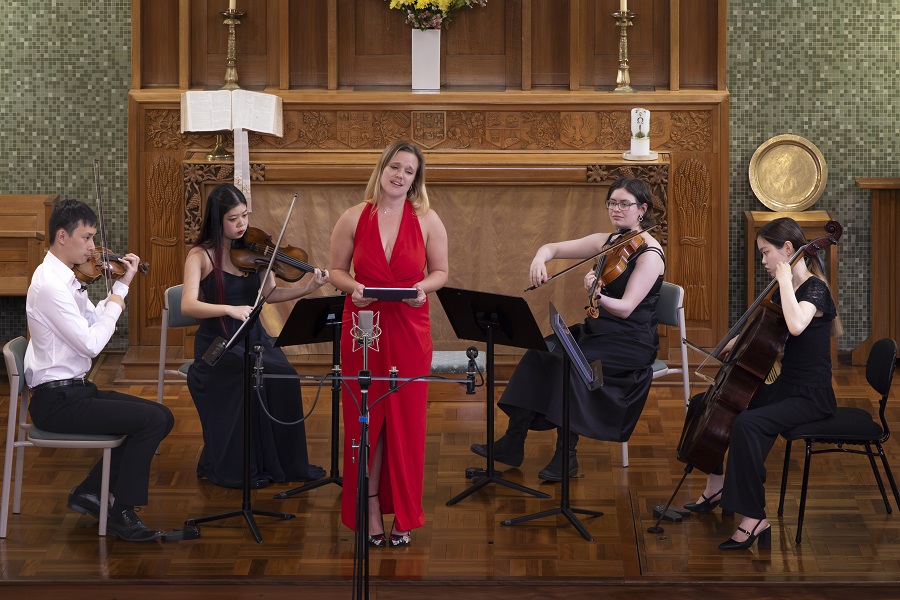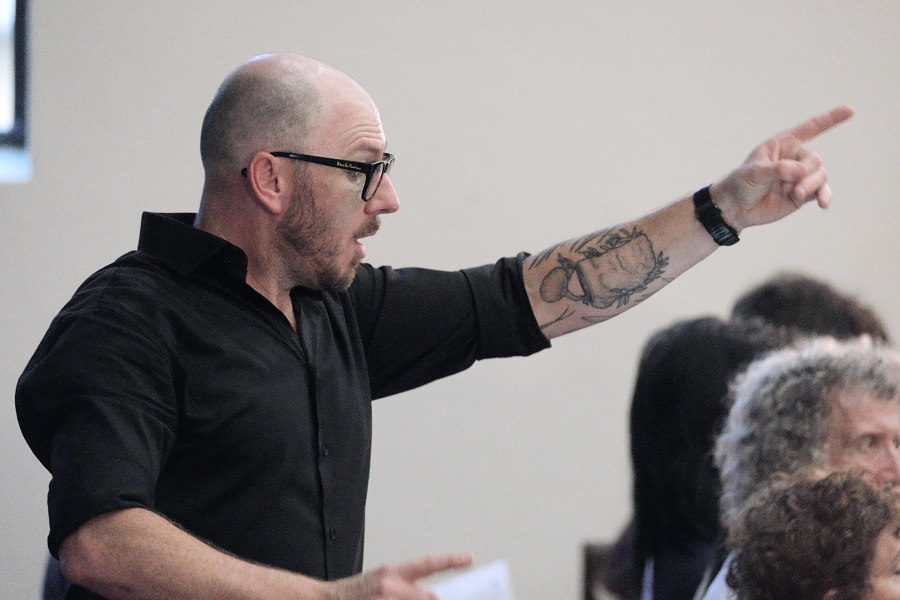
Visual Arts / South Facing, Holly Grace and Julie Bradley. At Craft + Design Canberra, until May 11. Reviewed by KERRY-ANNE COUSINS.
South Facing is an exhibition of work by Holly Grace and Julie Bradley that originated from an artist-in-residence program in 2023.
Craft +Design Canberra has operated this program since 2006 along with a number of our national institutions. This 2023 residency was in conjunction with the National Portrait Gallery.
Run also in partnership with ACT Parks and Conservation Service the artists reside for two weeks at the historic Gudgenby Ready-Cut Cottage in Namadgi National Park. At the end of the residencies artists are given the opportunity to have an exhibition at Craft +Design Canberra.
Not all the exhibitions following the residencies have resulted in completely resolved work. Some artists have made work that is more experimental and in many instances the experience gained by the residency contributes to the artist’s creative projects in the future.
Common to all though is the obvious enthusiasm that the artists have for the experience of being connected with the various national institutions as well as with Namadgi National Park. At Namadgi they are given the gift of time and solitude to look, listen and respond to the environment around them and this in turn has influenced their art practice.
Holly Grace works in glass. She had already found inspiration in the High Country around Kosciuszko and Namadgi. Drawn to the huts inhabited by the early pioneers she used items such as billy cans and lanterns as inspiration for glass vessels and transferred scenes of pioneer life onto their surfaces. Her experience at the National Portrait Gallery brought her to a deeper understanding of place and the people who inhabited this land.

In Namadgi, Grace was drawn to the sounds of the landscape around her. She found the initial silence being transformed into a cacophony of distinct sounds not only of birds and frogs, but often more subtle sounds of insects and wind in the grass.
A series of glass hearing receptors or acoustic horns based on the eardrums of humans and birds recorded these sounds and also became the receptors for projected images of the landscape. A joy to see were her flocks of glass birds; their details created in metal lustre. They swoop and rise as if flying in formation against the sky of the gallery walls.

Julie Bradley works in mixed media using collage and gouache. Displayed at the entrance to the exhibition are her sketchbook drawings of the cottage and landscapes of Namadgi. In particular the sensitive and beautifully rendered drawing of the landscape as it unfolded in the concertina sketchbook demonstrates the care with which she has observed her surroundings.
In the more formal part of her exhibition Bradley has used observations of the landscape, both of Namadgi and an earlier residency in Ireland to record her experience in a more abstract style. She becomes not only an observer of the landscape but someone who is attuned to its atmospheric moods and nuances of light.
The structural forms of the mountainous rock formations, the watery pools and wide skies become part of a visual language that can at times be very intense. Thin coloured lines track across areas of bright coloured paint and overlapping transparent paper shapes crowd into the picture frame.
Two works Fire in the Stone and Beautiful Country are amongst the works that stand out. Filled with the same intensity as the other works they nevertheless leave areas of the space free for the eye to travel through this landscape of changing light and intense colour.
Who can be trusted?
In a world of spin and confusion, there’s never been a more important time to support independent journalism in Canberra.
If you trust our work online and want to enforce the power of independent voices, I invite you to make a small contribution.
Every dollar of support is invested back into our journalism to help keep citynews.com.au strong and free.
Thank you,
Ian Meikle, editor




Leave a Reply